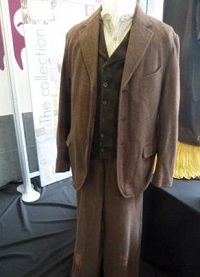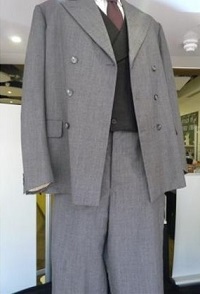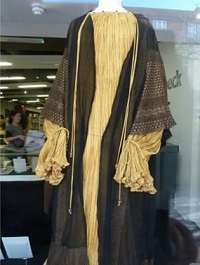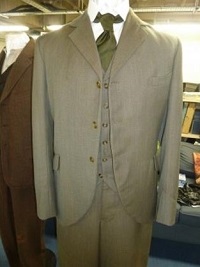
My Planner
My Planner
To build your own Itinerary, click  to add an item to your Itinerary basket.
to add an item to your Itinerary basket.
Already saved an Itinerary?

Inspiration
- Online exhibitions featuring items from The Conan Doyle Collection and celebrating Sir Arthur Conan Doyle's connection with Portsmouth.
- As part of the Sharing Sherlock project Portsmouth MIND group designed, built and painted their own personal version of this most famous of imaginary places, the study of Sherlock Holmes and his fellow detective
- Not only did sport feature in Sir Arthur Conan Doyle's fiction, he was also an active sportsman himself.
- Sir Arthur Conan Doyle wrote his first two Sherlock Holmes stories while living in Portsmouth where he had arrived in 1882 to set up a doctor’s practice at 1 Bush Villas, Elm Grove, Southsea
- Due to his success as a writer, Sir Arthur Conan Doyle had the opportunity to travel widely and often took his family. From Canada and America, to Australia, Ceylon and Egypt,
- Best known as the creator of Sherlock Holmes, Sir Arthur Conan Doyle also wrote science fiction and had a surprising belief in fairies at the bottom of the garden.
- Arthur Conan Doyle wrote about 60 stories starring his most famous creation, the detective Sherlock Holmes.
- Arthur Conan Doyle’s science fiction novel The Lost World is an exploration of a dangerous and exotic place, where prehistoric creatures still thrive
- When Arthur Conan Doyle created Sherlock Holmes, he had no idea of how popular his hero was to become. Soon famous as a man of many disguises,
- Since Sherlock Holmes was introduced to the public in The Study in Scarlet, first published in 1887 thousands of people have taken part in a Sherlock Holmes ‘fan’ culture.
- In Arthur Conan Doyle’s story The Adventure of the Copper Beeches, a resourceful young woman seeks help from Sherlock Holmes and Dr Watson
- In the summer of 1917, in leafy Cottingley Glen near Shipley in West Yorkshire, Elsie Wright aged 16, and her cousin Frances Griffiths aged 9, claimed to have taken photographs of fairies.
- The students of Harbour School’s Key Stage 3 Group created fanciful masks and costumes inspired by Arthur Conan Doyle’s story Charles Augustus Milverton.
- Learn all about Sir Arthur Conan Doyle's celebrated 'consulting detective' Sherlock Holmes, in this free exhibit at Portsmouth Museum.











